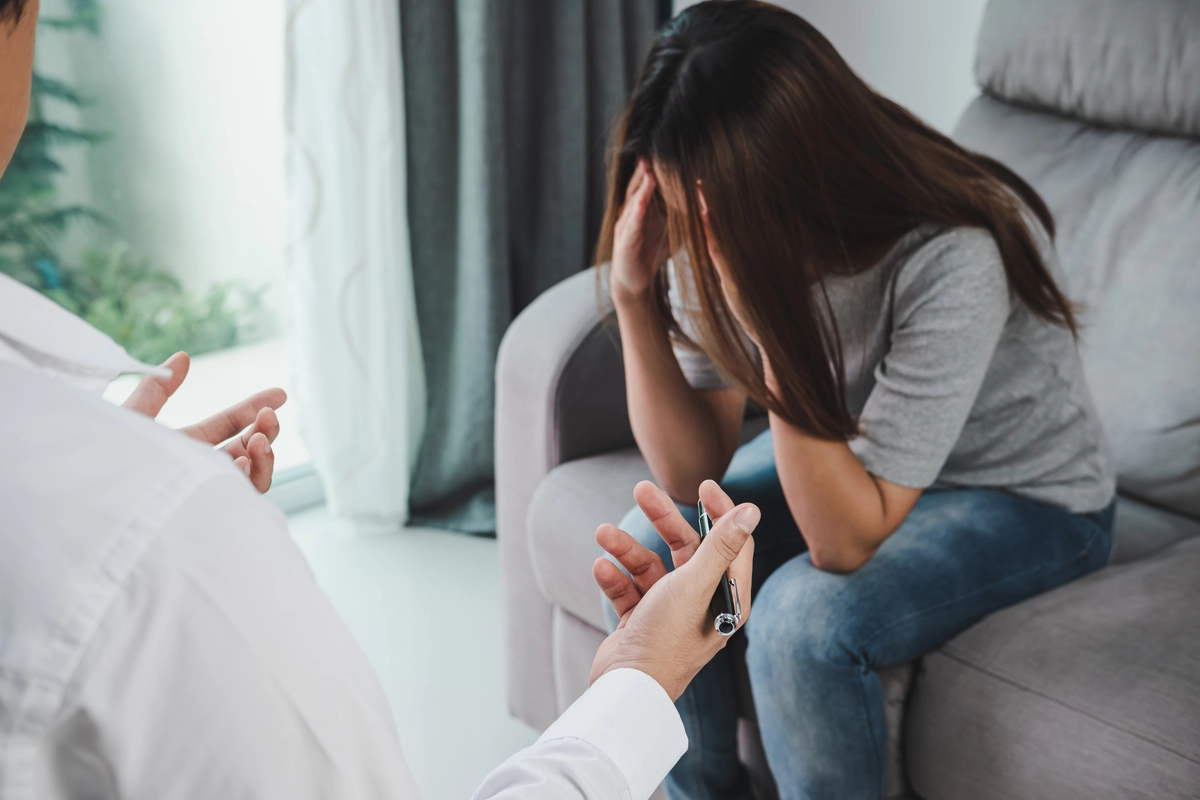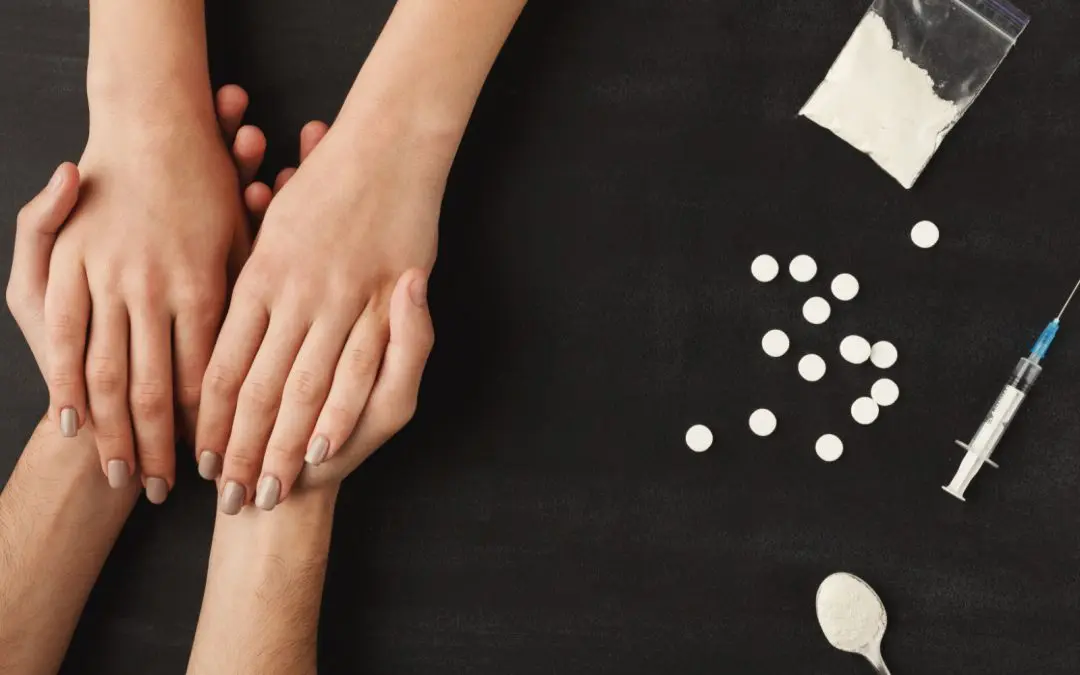24/7 Helpline:
(866) 899-221924/7 Helpline:
(866) 899-2219
Learn more about Aftercare Support centers in Peru
Aftercare Support in Other Cities

Other Insurance Options

State Farm

Health Partners

Group Health Incorporated

Lucent

Horizon Healthcare Service

Optima

Sutter

Access to Recovery (ATR) Voucher

Multiplan

Holman Group

Providence

BlueShield

WellCare Health Plans

WellPoint

Anthem

Optum

AllWell

Ceridian
Beacon

ComPsych

Four County Counseling Center
Four County Counseling Center, in Peru, Indiana, is an outpatient mental and behavioral health care ...

VA Northern Indiana Health Care System – Peru Community Based Outpatient Clinic
Peru Community Based OutPatient Clinic is a clinic located in Peru, IN. Peru Community Based OutPati...












